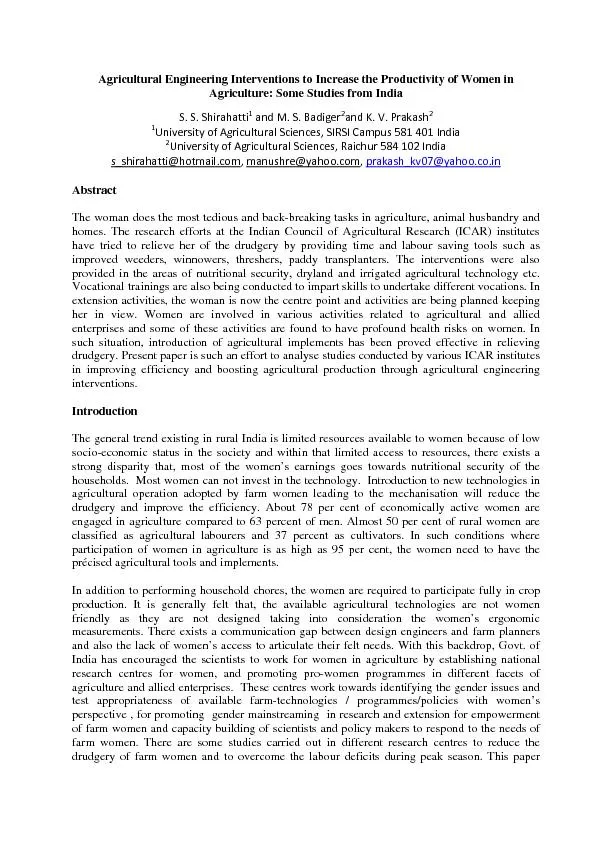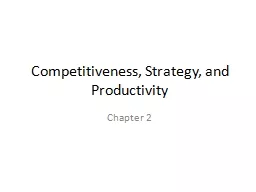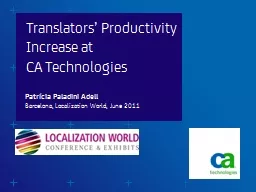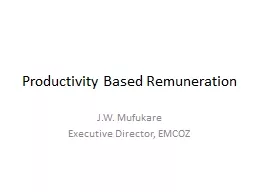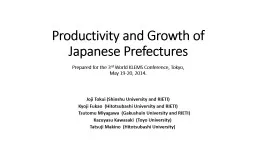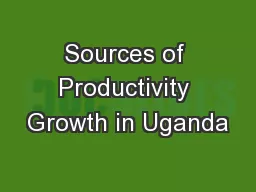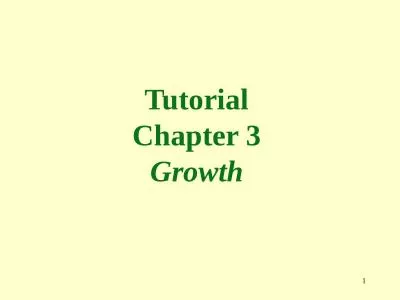PDF-Agricultural Engineering Interventions to Increase the Productivity of
Author : conchita-marotz | Published Date : 2016-11-28
manushreyahoocom prakashkv07yahoocoin The woman does the most tedious and backbreaking tasks in agriculture animal husbandry and homes The research efforts at the
Presentation Embed Code
Download Presentation
Download Presentation The PPT/PDF document "Agricultural Engineering Interventions t..." is the property of its rightful owner. Permission is granted to download and print the materials on this website for personal, non-commercial use only, and to display it on your personal computer provided you do not modify the materials and that you retain all copyright notices contained in the materials. By downloading content from our website, you accept the terms of this agreement.
Agricultural Engineering Interventions to Increase the Productivity of: Transcript
Download Rules Of Document
"Agricultural Engineering Interventions to Increase the Productivity of"The content belongs to its owner. You may download and print it for personal use, without modification, and keep all copyright notices. By downloading, you agree to these terms.
Related Documents

